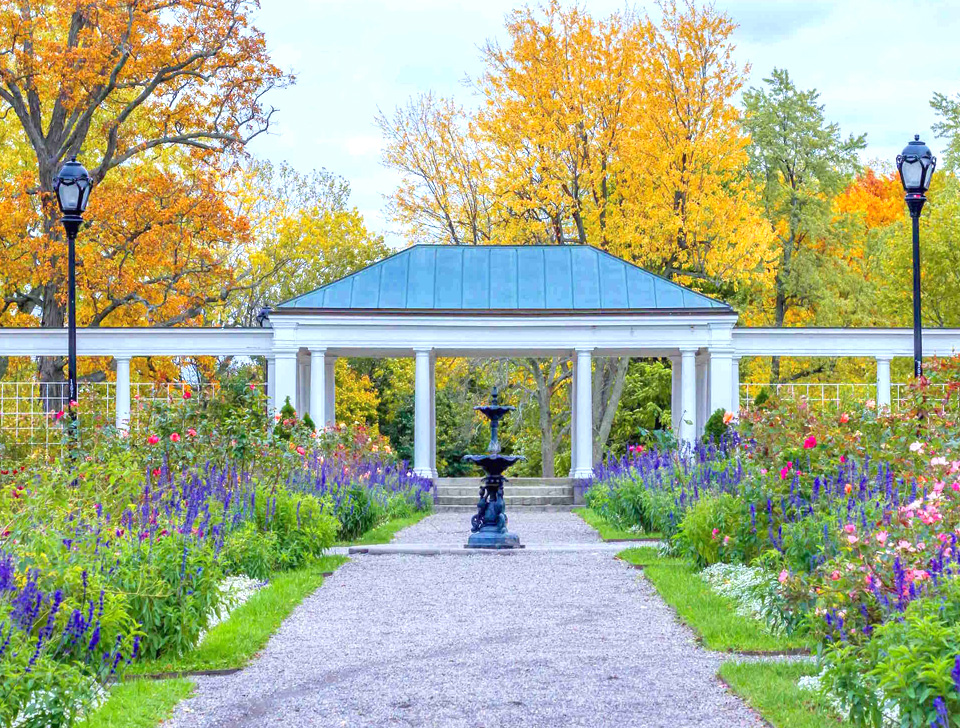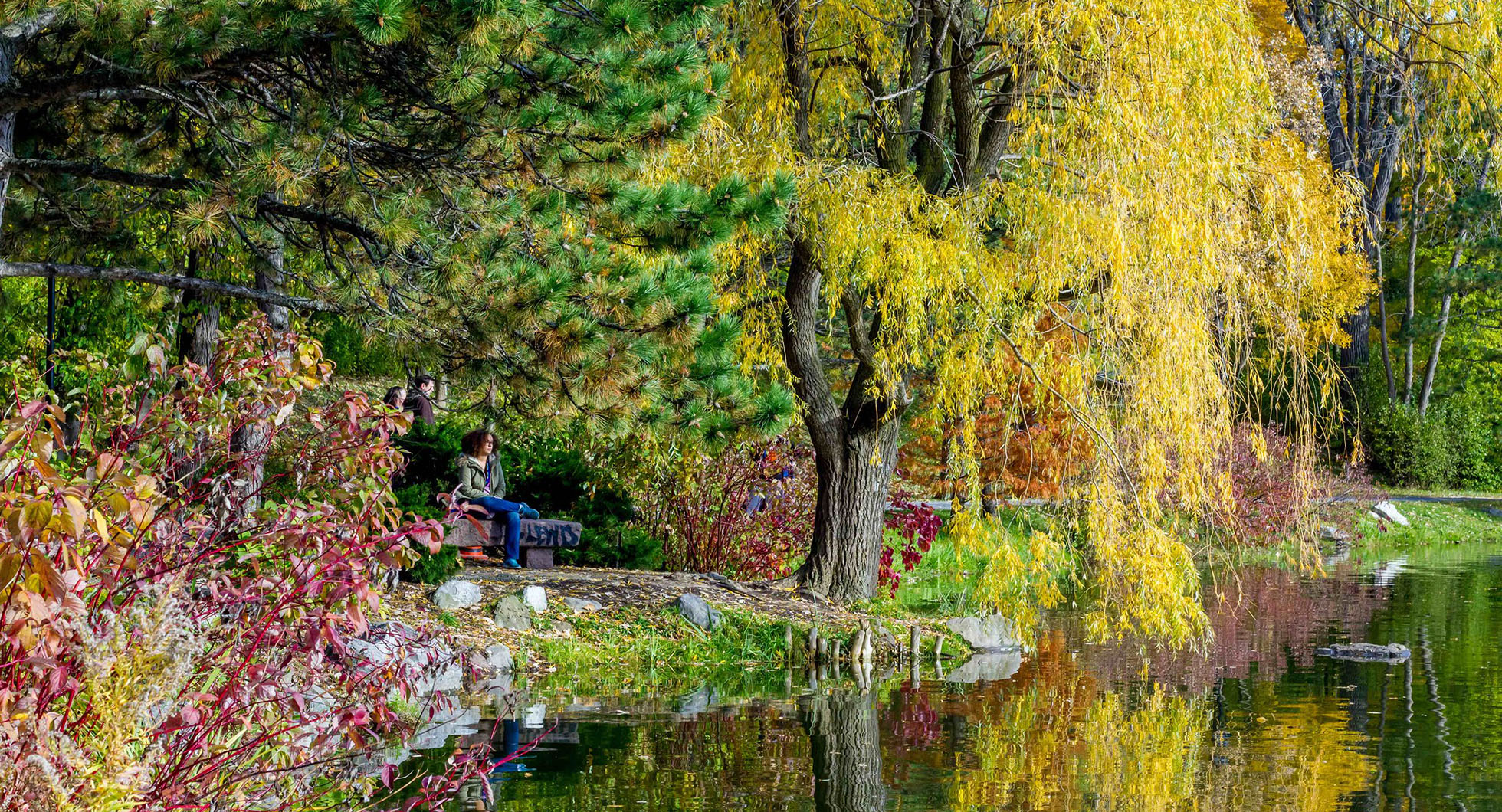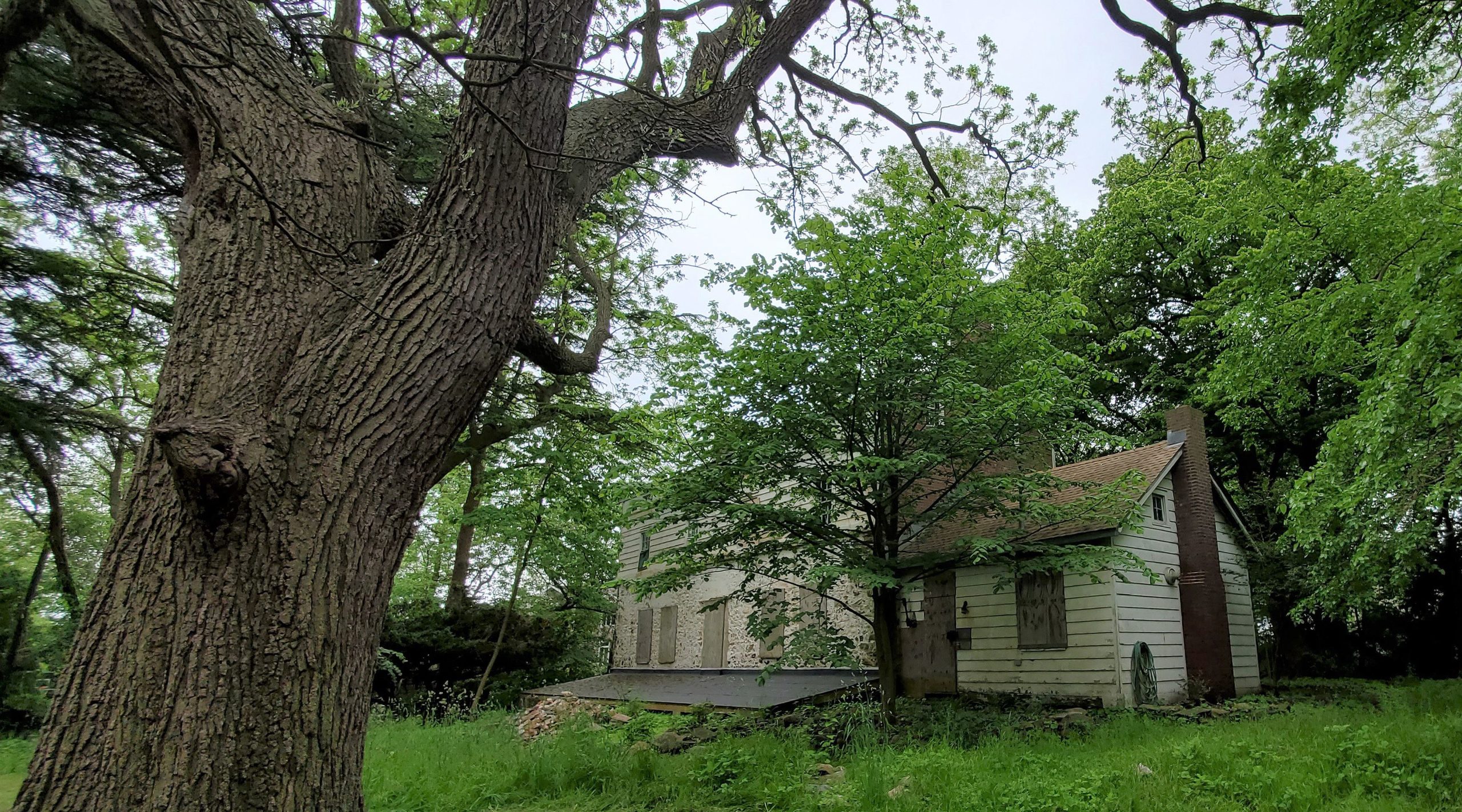Earlier this summer, the Buffalo Olmsted Parks Conservancy (Project No. 00700) launched the Olmsted App 2.0, an update to their original mobile app that launched in 2018. The app features updated wayfinding capability, an event calendar, and the latest news. The app also includes cutting-edge technology and imaginative 3D models, through augmented reality (AR), to reveal history and fun facts about Buffalo’s historic Olmsted landscapes. The app features two AR attractions — the Lake View House at Front Park and the Quarry Garden at Delaware Park. Both AR experiences provide park visitors a peek into the past, offering a view of the lost landscapes from decades ago.
Lake View House in Front Park
Originally known as The Front, this historic Olmsted park was instrumental to the first park and parkway system in the country. By 1880, it had nearly 5,000 visitors daily due to its scenic views of Lake Erie and the Niagara River and its family-friendly activities such as ball games and band concerts. In 1882, park commissioners built the Lake View House to provide services and amenities to the growing crowds. Resting on a foundation of limestone quarried from Delaware Park, the House offered refreshments, shelter, and inspiring views from its two-story, wrap-around balcony.
Over time, the wooden Lake View House deteriorated, and it was demolished in 1898. Presently, a rectangular area of grass framed with concrete blocks is the only reminder of the once-grand structure.
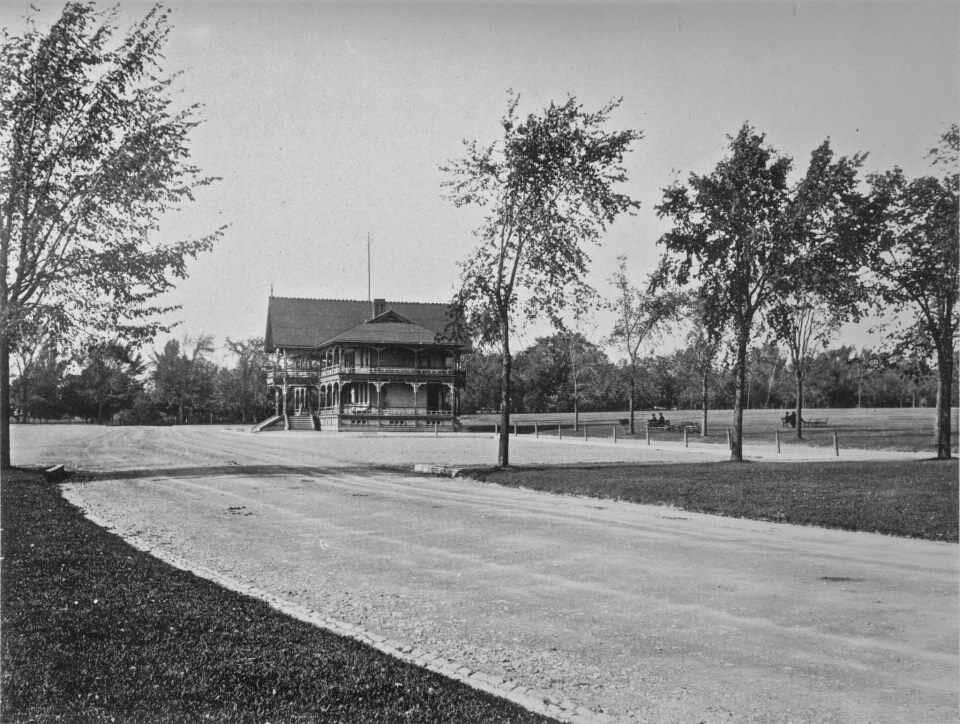
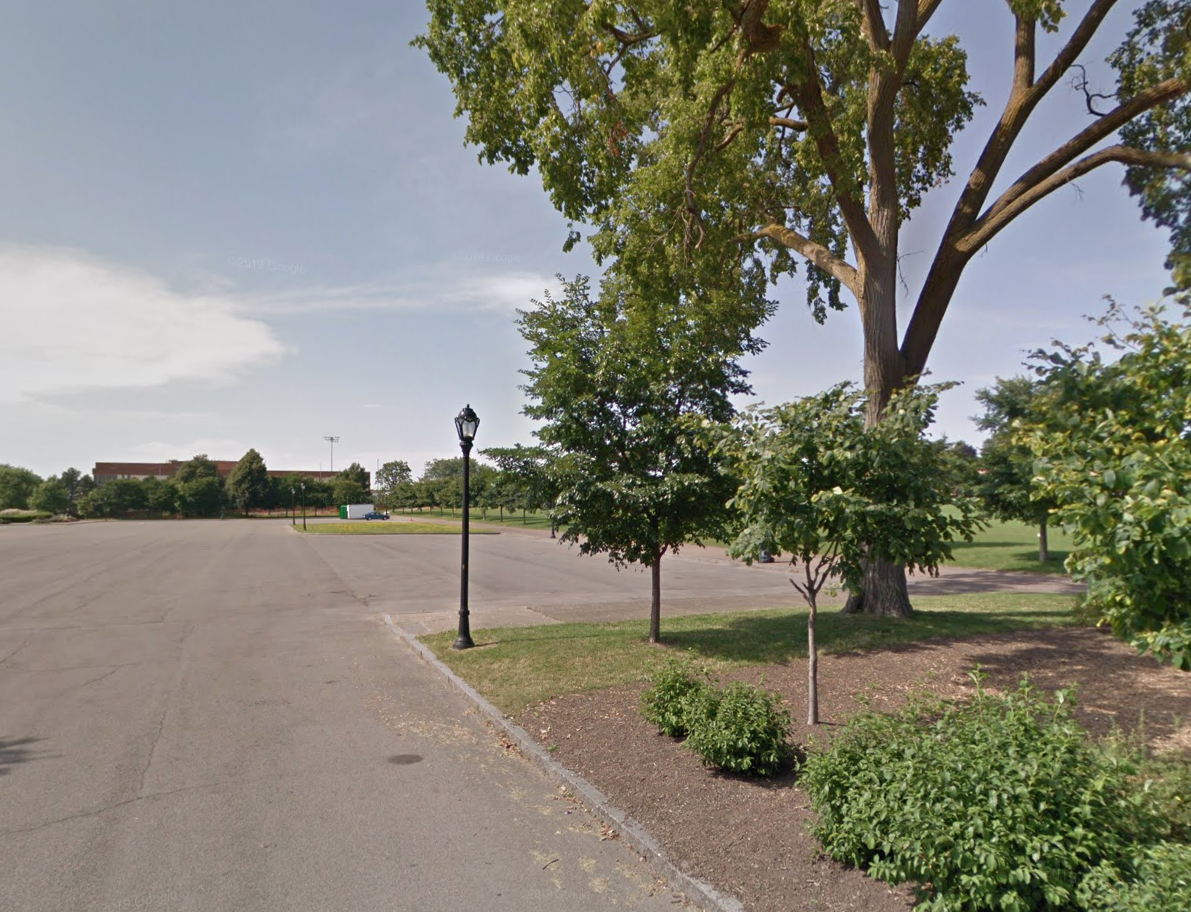
Quarry Garden in Delaware Park
Before Frederick Law Olmsted began designing Delaware Park in 1868 to be the centerpiece of Buffalo’s park and parkway system, this location was a quarry of quality limestone that was used to build much of early Buffalo. When quarry operations ceased in 1897, the Olmsted firm designed an enchanting garden to rejuvenate the open pit with a variety of plantings, multilevel pathways, and cascading pools, all spanned by grand, stone arch bridges twenty feet overhead.
The Olmsted vision was never fully implemented, but parts of the plan finally came to life in 1920 with new trees and shrubs, shaded paths, a shallow pool, and two stone bridges.
The Quarry Garden captivated visitors for nearly 40 years until it was buried under debris from the construction of the Scajaquada Highway (Route 198) in the late 1950s. Today, the bridges are all that remains above ground.
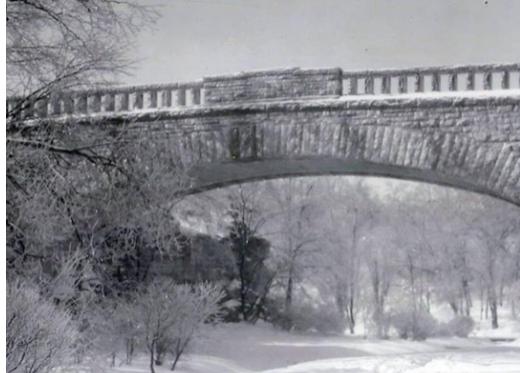
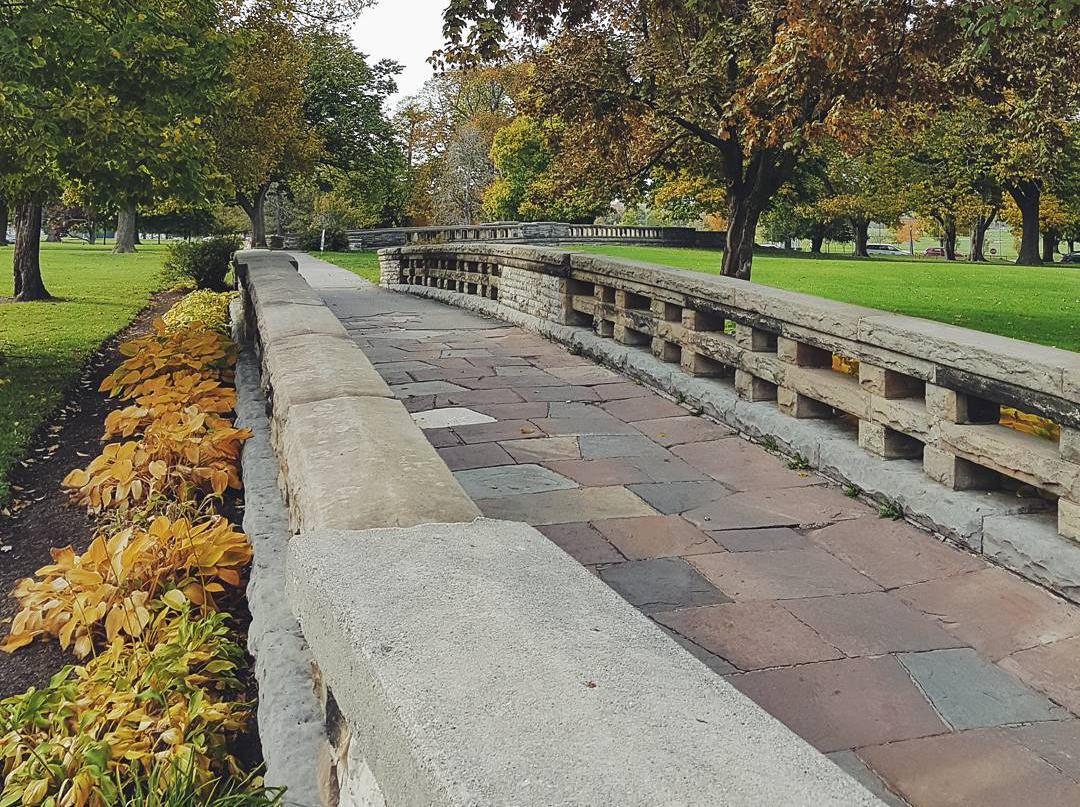
You are cordially invited to visit Buffalo, New York, and our historic park system! To enhance your park experience during your visit to Buffalo, please download the free Olmsted App in the Google Play Store or Apple App Store before visiting both AR locations. You can also learn more and watch video snippets of the app at www.bfloparks.org/app. You can also watch the presentation for NAOP’s Olmsted Network by clicking here.
Buffalo Olmsted Parks Conservancy is a proud partner of Olmsted 200. To learn more about celebration plans, including the attempt to reclaim a Guinness World Record, please visit www.bfloparks.org/olmsted-200.
Zhi Ting Phua is the Marketing Communications Specialist at the Buffalo Olmsted Parks Conservancy. For further information, please contact her at zhi@bfloparks.org.
This article first appeared in the October 1, 2021, issue of Field Notes by the National Association for Olmsted Parks.









